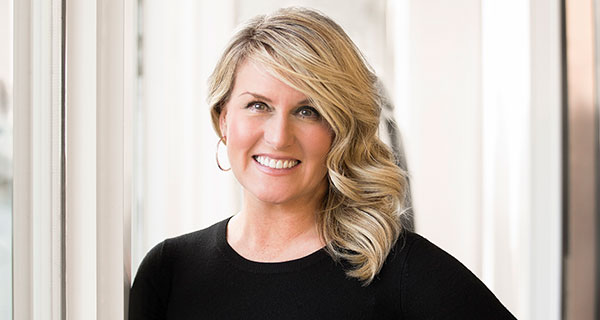As Canada’s population continues to age, there is an increasingly critical need to support seniors living at home.
The upcoming Aging in Place|Home Modification Conference in Calgary is bringing organizations together to talk about how to deal with the social issue.
“A cultural shift in how we view living as we age is necessary. Our homes are a sanctuary for physical well-being, social connections, and memory and brain activity, but only if they’re properly modified for accessibility,” said Margot Schulman, owner of Schulman Design Inc., and lead partner for the conference.
“It costs about $1,000 a day to house a senior in a Calgary medical ward — we can no longer rely on this approach. Aging affects all of us as care providers, community and family members, industry partners and taxpayers.”
Schulman provides the following numbers to indicate the extent of the issue:
- Alberta’s seniors’ population will nearly double in the next 20 years, to 19 per cent of the province’s total population of 6.2 million by 2041;
- Seven baby boomers turn 65 every minute;
- Nine in 10 older adults want to age in place; and
- One in three people 65+ years old will experience mobility or cognitive challenges.
The Aging in Place Home Modification Conference will address the critical issues of home modification funding, regulations and standards, and industry approaches with experts in the industry who are stepping up to tackle this important issue.
The conference takes place April 11 at the Hilton Garden Inn Calgary Downtown hotel. More information can be found at https://caregiveromnimedia.com/aging-in-place-calgary/
Schulman Design specializes in interior design for people experiencing mobility or cognitive challenges and it has noticed a significant increase in the accessible design market for the aging population.
“Our clients have significant mobility needs, resulting from health issues, such as early onset dementia, major surgeries, accidents and even loss of limb. Between the costs of institutional care, waiting lists and the desire to remain with their loved ones in their communities, we can no longer afford to neglect this issue. This is the human rights issue of our time,” said Schulman.
– Mario Toneguzzi
The views, opinions and positions expressed by columnists and contributors are the author’s alone. They do not inherently or expressly reflect the views, opinions and/or positions of our publication.


